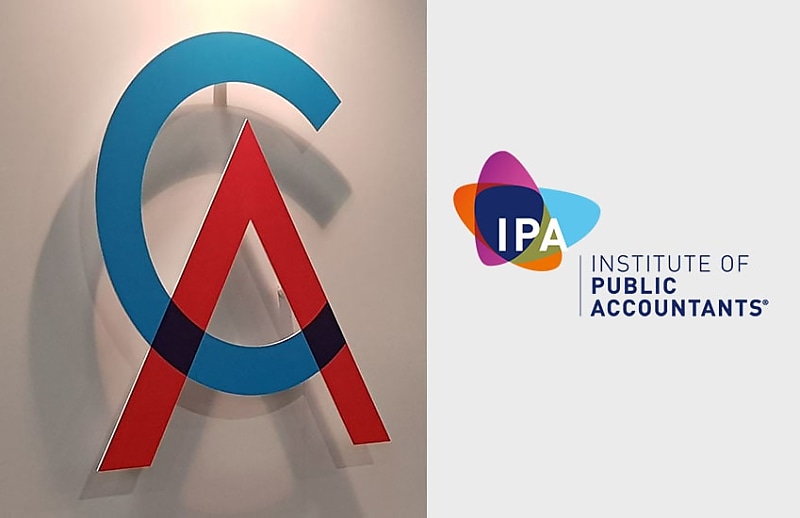The Institute of Public Accountants and CA ANZ have responded to the ATO's consultation on PCG 2024/D2, calling for more clarity and commerciality in the examples provided.
In late August, the ATO published its draft guidance on the application of Part IVA to alienation arrangements where personal services income has been derived through a personal services entity that is conducting a personal services business.
You’re out of free articles for this month
The two professional bodies noted that the examples included in the draft guidance suggest that the retention of income is only “low risk” when the purchase of a specific asset for a specific amount can be identified as needing to be made in the following year.
"The low-risk examples in the Draft PCG all involve the PSE distributing all the profits to the individual or distributing all the profits after making a purchase of an asset," the submission said.
"This suggests that to be considered low risk, a company cannot retain any profits. This is reinforced by the sixth high-risk indicator which states that the ‘mere fact that PSI is retained’ automatically triggers a higher-risk rating."
The IPA and CA ANZ stressed that there needs to be recognition of a wider range of circumstances when funds are appropriately retained.
The bodies said this could include, for example, the retention of amounts to fund general working capital to cover the payment of invoices, a cash buffer to cover late customer payments or to fund unexpected emergencies such as urgent repairs to premises.
"If the PSB typically incurs $5,000 a month of overheads, it should be able to retain some profits to fund these costs in the next financial year, particularly if it anticipates it will not receive revenue in the short term," the submission said.
"If the PSB only anticipates being paid for completing a contract in September, it should be able to retain $15,000 of profits to fund its costs until it is able to receive its next payment."
The submission said that this is part of the cash flow management of any business, and it should not be the case that the PSB is expected to distribute the profits and immediately borrow them back.
"That would be a more artificial and contrived means to fund future expenses than merely retaining profits to do so," the submission stated.
Example 4 in the draft PCG also suggests that in the ATO's view, calculating profit and bonus figures before 30 June should be the norm and that undertaking the calculations after year-end is only acceptable in one-off special circumstances, the bodies said.
The IPA and CA ANZ warned that this does not reflect commercial reality.
"It is often impractical to determine the profits of a company before year-end and pay the entire amount as a bonus or dividend before 30 June," the submission said.
The two professional bodies said the draft guidance should include a low-risk example which has a PSB finalising their accounts within a reasonable time after year-end.
The submission also raised concerns with the low-risk examples 1 and 2 where it is specifically noted that the employee who performs administrative services is paid in accordance with the relevant state award.
"In practice, many private businesses — large and small — may choose to (and can afford to) pay employees higher than award wages for genuine commercial reasons, perhaps to reward and retain a high performer or perhaps because it is particularly difficult to recruit someone with the right skills and availability in the local area," it said.
"In the context of private businesses which are not subject to statutory caps on wages and salaries, taxpayers should not be left with the impression or at least uncertainty that their employees’ wages should be capped by a threshold which for employment law purposes is designed to be a floor."
The professional bodies said the PCG should confirm that paying an employee higher than award wages will not in itself trigger a higher risk rating.

 Login
Login







